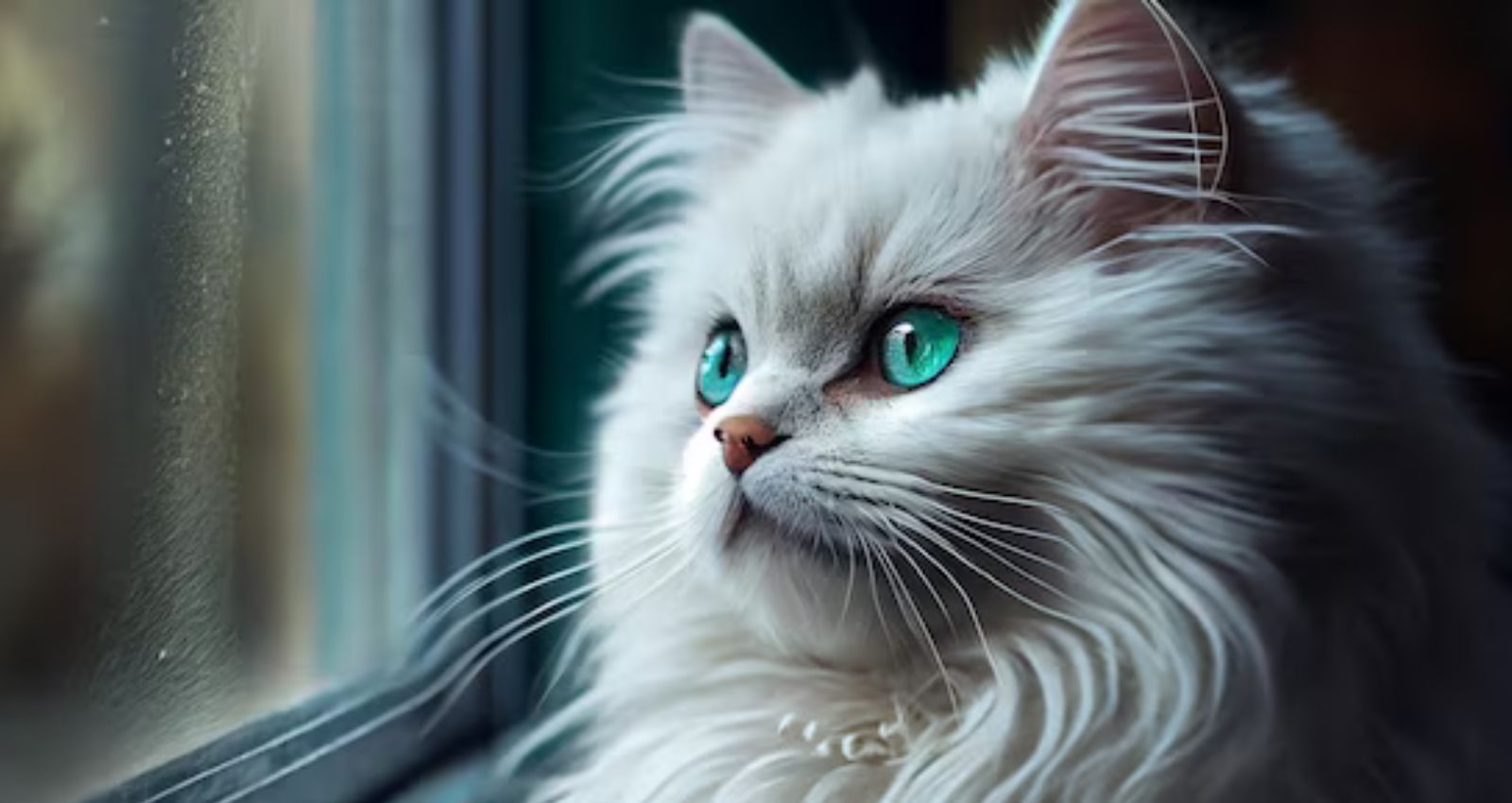It’s not a one-liner answer, you have to dive deeply to know the answer to the question: why does my cat act like a dog? Every kitten, regardless of lineage, exhibits its unique behavior. However, some cat actions subtly echo the well-known characteristics we often attribute to dogs. Whether it’s running around fetching toys or waiting at the door, such behaviors pique the curiosity of many pet enthusiasts.
Interesting dog-like behavior of cats While behaviors such as fishing and swimming are often dog-like, activities such as sunbathing and countertop activities resemble typical cat behavior. Nevertheless, there is a subgroup of cats that have a hybrid behavior of both dog and cat. Delving deeper, we find out the reasons behind these interesting cat behaviors.
Here are some primary reasons for dog symptoms in cats (Why does my cat act like a dog?) :
It is important to note that these behaviors are not indicative of a species identity crisis. Instead, they highlighted the cat’s versatile nature.
Have you ever noticed your cat’s distinctive “grrr” instead of its normal “meow”? Several factors may play a role:
1. Early contact with dogs:
A kitten’s first 3 to 6 months are crucial in shaping their behavior. If a cat has been raised among dogs rather than other cats, it is natural for it to imitate the behavior and habits of its canine companions. Therefore, a cat growing up with dogs can shape the cat’s behavior.
2. In search of affection: (When cats bring out their inner dog)
– The cat’s unwavering companionship, whether during working hours or during relaxation, resonates with the steadfast loyalty usually associated with dogs.
– Gestures like warm greetings, pre-dawn cuddle sessions, or even gentle licks reflect deep bonds reminiscent of canine camaraderie.
– Notable breeds like the Ragdoll have an innate tendency to bond deeply with a chosen human, often rivaling the coveted bond of “man’s best friend.”
3. Reinforcement of behavior:
Our reactions significantly influence our pets’ actions. For example, praising the cat when it returns a toy promotes the idea that such behavior is admirable. Using this power of positive reinforcement can facilitate leash training or even accustoming cats to water baths.
4. Inherent genetic disposition:
Some cat breeds naturally display dog-like characteristics due to their ancestry. Among these notable breeds:
– Bengal: Recognized for its playful behavior and ease of leash training.
– Maine Coon: Boasts of a sizable frame and an innate love for play.
– Ragdoll: Its specialty is its docile nature and affectionate embrace.
– Turkish Angora: Athletic prowess combined with an affinity for water.
– Siamese: Loves attention and displays loyal tendencies.
– Manx: Highly trainable with an instinct to please their owners.
– Abyssinian: Attracts attention and is playful
5. Spotlight-seeking cat
– Breeds like the Oriental Shorthair and Abyssinian are notorious attention seekers. Their dynamic behavior spectrum, from playful antics to enthusiastic guest greetings, is designed to monopolize your attention.
– Subtle cues, such as fetching objects or playfully tugging at clothing, are gentle reminders of their craving for play or a treat.
6. Cognitive Skills: Cats Eager to Learn:
-Despite their renowned independence, breeds such as the Maine Coon, Russian Blue and Siamese display admirable intelligence and adaptability.
– By taking advantage of positive reinforcement strategies, the individual can effectively mold their behavior, leading to mastery of commands.
7. Canine Associative Dynamics: Rare Effects:
– Coexistence with dogs may sporadically shape cat behavioral nuances. A strong bond may foster shared activities or even provide the dog with a mentor-like role.
– Nevertheless, such scenarios remain the exception rather than the norm. Typically, harmony between a cat and a dog lies in mutual respect and harmonious cohabitation.
In Retrospect: Celebrating Versatile Cat Personality
In short, cats’ diverse behavioral palette, sometimes punctuated by dog-like nuances, enriches their personalities. Whether motivated by affectionate impulses, attention-seeking tendencies, or outside influences, these quirks undeniably deepen the bond shared between pets and their affectionate owners.

